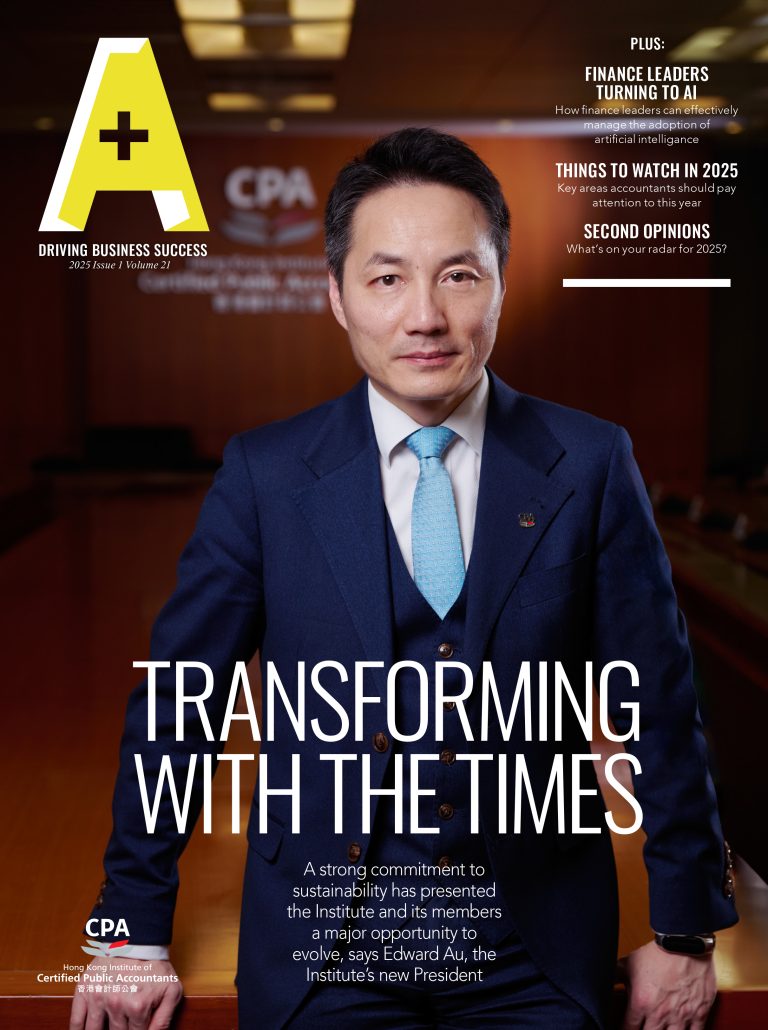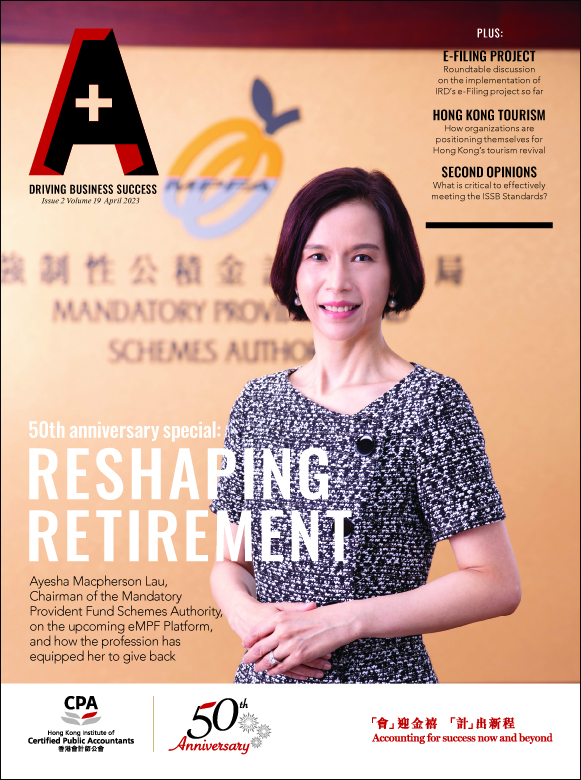Sunny Ip, Partner at Deloitte Digital on why a creative, human-centric approach to solving problems can lead to breakthroughs in this era of disruption
The market is littered with examples of companies who have had their core business disrupted by innovations from competitors. A key lesson from observing these businesses is that organizations that are able to consistently fend off new entrants and maintain their success must constantly transform or reinvent themselves.
One of the hallmarks of such organizations is that they are anticipating where potential customers or users are heading, and deliver new services or products to fulfil those needs, often before customers realize they have such needs themselves. An effective way to bring about this kind of result, which is rapidly gaining popularity amongst business leaders, is an approach called design thinking.
“In this age of constantly shifting priorities and rapid disruptions, it is no longer value-added to handle problems purely through rigorous processes and tight controls.”
What is design thinking?
Design thinking is a problem-solving philosophy that focuses on users’ needs, including their goals and constraints, to deliver products or services that are intuitive and provide value. This sounds like something obvious that shouldn’t require a formalized approach to instill, but many organizations (and the people inside them) are preoccupied with the short or immediate term, focusing on enhancing their product or following existing processes and methods, instead of looking at problems from the user’s perspective with a healthy dose of empathy.
As the name implies, design thinking employs many of the techniques associated with a creative design process, such as understanding potential customers’ aspirations and motivations, ideation and
prototyping, and testing the ideas to refine and learn from real end-users. Applying these techniques to solve business chal- lenges and deliver new services was popularized by design consultancies such as Doblin (now part of Deloitte) and IDEO.
Design thinking in our context
In a professional services setting (as opposed to say, product development), design thinking is often employed to tackle “wicked problems,” – complex problems that may be poorly defined or where a “best practice” or standard solution may not be easily applicable, for whatever reason. In this age of constantly shifting priorities and rapid disruptions, particularly in view of trends such as outsourcing and automation, it is no longer value-added to handle problems purely through rigorous processes and tight controls. Collaboration, creativity, and agility are essential for both organizations and professionals to succeed.
Being design-driven or user-centric should be the responsibility of everyone in the organization. Even in traditionally back-office or governance functions, when new situations are encountered, understanding the user’s objectives and motivations, coming up with a number of new workable solutions, while still achieving the back-office function’s underlying objective or intent, is a true win-win.
Applying design thinking
Broadly speaking, the design thinking process can be applied through the high-level steps below:
- Frame and discover – understand and uncover insights through research and observation
- Analyse and define – bring together insights and identify the root causes and implications
- Create and articulate – create concepts, addressing implications and articulating the value
- Elaborate and test – develop selected concepts, prototype/trial and collect feedback
While not all of the above steps may seem or be applicable in all cases, observe users in their setting or understand more about their domain from their perspective, get at the underlying root cause and associated issues, generate many solutions without current constraints and then narrow them down or add mitigations after, and use visual or intuitive means to vet ideas with users. All of this can go a long way to finding that next great idea or changing the way things are done dramatically.
Looking to the future
As more and more straightforward, clearly definable problems are automated or even completely eliminated by technologies such as robotics process automation, artificial intelligence, distributed ledgers (blockchain), and Internet of Things, people-centric approaches like design thinking will take on ever higher importance, and be an important part of any practitioner’s toolkit.
















